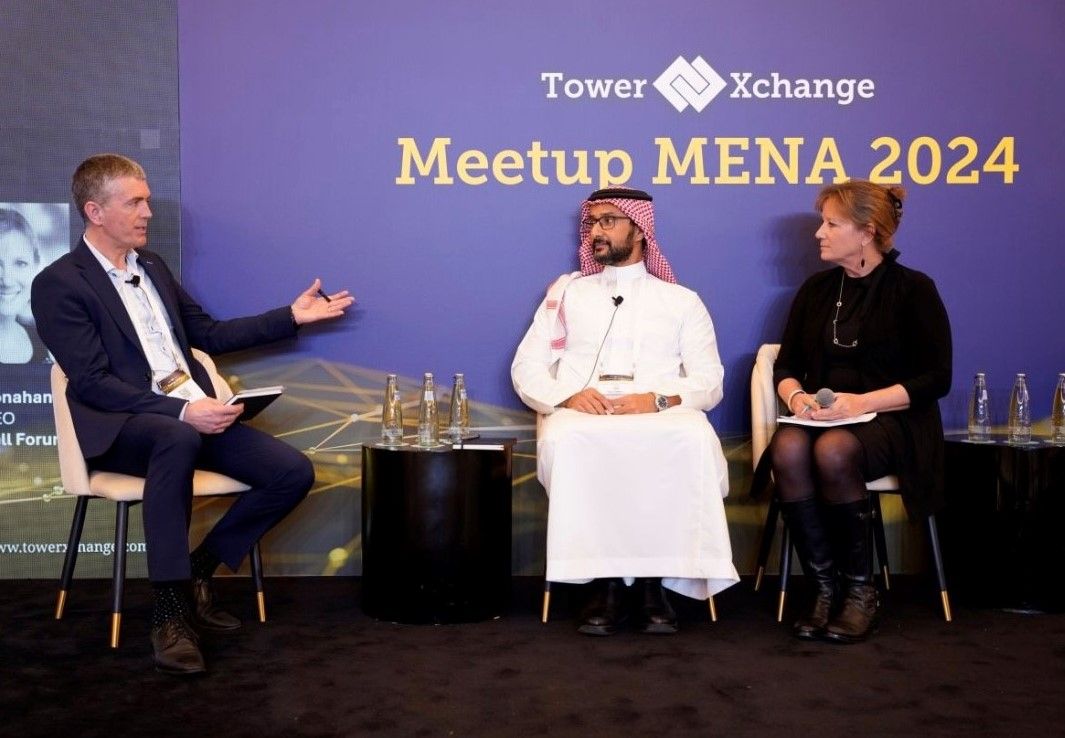Can revenue-sharing models build a workable business case for rural telecom solutions?
Mobile broadband (3G or 4G) coverage in the developed world is now almost global. The MENA region has a population of almost 440 million people, with 34% residing in rural regions. In 2021, the number of mobile internet users in MENA surpassed 300 million, with penetration expected to reach 50% by the end of 2022. Although the MENA area has the highest concentration of mobile internet users, poor take-up rates elsewhere highlight the work that still must be done to link offline populations. This is mostly due to economics:
Rural and suburban areas are less densely populated and normally residents have lower income, resulting in lower demand and challenging ARPU.
At the same time, sites in rural areas are more expensive to deploy, due to the lack or poor condition of infrastructures, ie roads and/or electrification, more costly to run, having to factor in the need for security and an alternative source of energy (gen-set or renewables) and related refueling/maintenance scope.
Access to communication services is required for rural people to be included in modern society and improve their quality of life. However, current business models must be modified in order to effectively connect rural and distant areas. Based on profitability, even allowing an extended time period for the calculation of each site ROI, an MNO would probably not embark on rural deployment. The increase in revenue would not justify the investment.
At Delmec we regularly question the feasibility of adopting a variety of business models, and this time we focused on rural site solution and profitability. We queried numerous Telecom operators and Towerco’s around the MENA region, and Delmec received pretty consistent feedback. The common response is that it is difficult to implement without the backing of the Telecom Regulatory Authority (TRA)
Sites in rural areas are required primarily as part of the Operator’s mandatory coverage licensing agreement. According to TRA regulations, rural sites must be built as comprehensive telecom sites. Most of the time, the sharing model is not feasible in those locations, and the operator will normally implement the site matching the single tenant requirements. This is because network providers are looking into ways to minimize overall site costs, such as reducing plot dimensions, picking cheaper land rent, and using lightweight structures.
Most of the time sites are built in rural areas having challenges in implementation due to location.
Implementing sites in rural areas is challenging in MENA for several factors:
- Higher CAPEX and OPEX to establish mobile networks.
- Low smartphone penetration in rural areas.
- Digital literacy in rural communities.
To ensure an adequate return on investment (RoI), capital (CapEx) and operating costs (OpEx) must be lowered to a minimum in order to enhance network coverage in rural areas in a sustainable manner.
The conventional method of deploying macro-sites which provide broad coverage, but require substantial upfront cost is not always optimal for covering most of the rural areas with widely distributed residential districts and low population density.
In this specific case, operators can achieve far better results by combining lightweight/low-cost infrastructure and detailed population mapping of distant communities without mobile service. This may enhance the ROI of network development while making the case for connecting remote areas more appealing. The decision between using macro-sites or lightweight infrastructure is always best dependent on the population distribution of the area in question – in some cases, including a large area is more beneficial, while in others, focused coverage in specific locations is more effective.
According to the discussions Delmec had with telecom operators, if sites could generate significant traffic income, the revenue-sharing model could be applied.
At Delmec we are always looking into all possible solutions to help our customers to extend their service across their markets. Depending on conditions e.g. population distribution, the terrain, and the existing coverage footprint, MNO can decide to deploy lightweight low band only solutions (frequencies <1Ghz or coordinate with competition to invest in a (low-cost) shared standard macro site.
To support these 2 possible scenarios, Delmec is looking into two solutions:
1. “Site in the BOX” – a low-cost/minimum footprint design. This can be deployed into low-density population areas where the traditional macro site would not be profitable but still enable expansion of existing network coverage.
2. Low capex Marco site solutions: a stripped-down approach of the standard macro site, designed for multiple tenancies to broaden coverage. This type of site envisages the use of guyed structures, and hybrid power systems not anymore designed for worst-case scenarios, but dimensioned for the average case, and availability on a best-effort approach
A complete set of our solutions for rural locations that meet various criteria:
- Sustainability
- Simplicity
- Lower OPEX
- Lower CAPEX
As a result, when combined with diligent site location analysis, “Site in the BOX” or Macro site solution can be an appealing solution for operators looking to expand coverage and income in rural areas while also providing mobile internet access to underserved populations.


